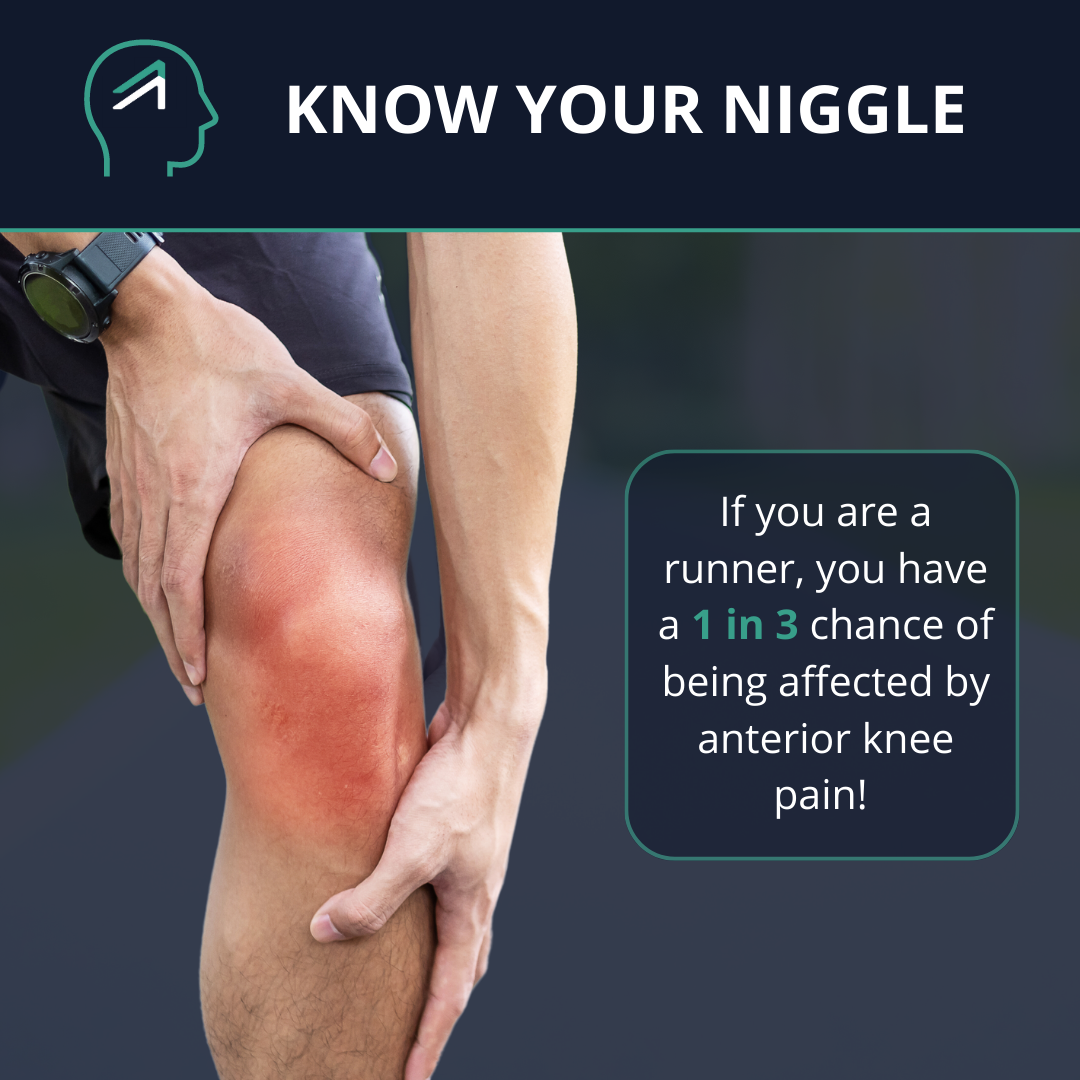Mastering Runner's Knee: Understanding, Preventing, and Conquering the Common Setback with Zlaant

Ever felt a sharp, stabbing pain at the front of your knee during a run? You're not alone. This common setback, known as "Runner's Knee" or Patella-Femoral Pain Syndrome (PFPS), has caused many a runner to hang up their shoes. But don't let that be you. Let's explore the world of Runner's Knee together, understanding its causes, symptoms, and how to prevent and manage it effectively. With the right knowledge and tools, including Zlaant's trusted programs, you can leave Runner's Knee in the dust!
Understanding Runner's Knee:
Runner's Knee arises from a complex interplay between the kneecap (patella), thigh muscles (quadriceps), and the patellofemoral joint. Imagine your patella as a fulcrum allowing your powerful quadriceps muscles to propel you forward during activities like running or jumping. But disruptions to this delicate balance due to weak or imbalanced lower limb muscles can cause your patella to track improperly. This results in micro-trauma, irritation, and over time, the dreaded Runner's Knee.
Do I Have Runner's Knee?
Runner's Knee often presents as a local pain around or beneath the patella. It ranges from a dull ache to a sharp stab and usually flares up during running, squatting, and stair climbing. Here's the twist – it eases up as you warm up during exercise and dissipates during rest. Runner's Knee often comes without localized swelling.
What Makes Me Prone to Runner's Knee?
Certain factors can make you more prone to develop Runner's Knee:
- Age: Adolescents and young adults are more prone.
- Gender: Women are twice as likely to develop it as men.
- Activities: High-impact sports like running, jumping, and cycling increase risk.
- Muscles: Weak quadriceps and gluteal muscles affect knee movement, increasing the risk of Runner's Knee.
Prevent Runner's Knee Before It Strikes:
As a proactive athlete, prevention should be your mantra. Try these strategies to keep Runner's Knee at bay:
- Strength Training: Zlaant offers a range of exercises that target quadriceps, gluteal muscles, and core to boost lower limb stability.
- Gradual Progression: Ease into higher mileages or intensities. Let your body adapt and minimize the risk of overuse injuries.
- Cross-Training: Swap high-impact activities with low-impact ones like swimming, cycling, or yoga occasionally to reduce strain on your knees.
- Warming up and Cooling down: Prepare your muscles and joints for activity with dynamic warm-up exercises. Follow up with static stretches to improve flexibility and aid in recovery.
- Footwear and Orthotics: Invest in good-quality footwear with proper cushioning and support. Customized orthotics can correct biomechanical imbalances and reduce knee stress.
- Rest and Recovery: Incorporate rest days into your training schedule. Your body needs time to recover and prevent overuse injuries like Runner's Knee.
Running With Runner's Knee:
If Runner's Knee has already set in, don't despair. With Zlaant by your side, you can overcome it:
- Physical Exercise: Seek a physical therapist's guidance or rely on Zlaant's personalized programs to strengthen weak muscles, improve flexibility, and correct movement patterns.
- Pain Management: Nonsteroidal anti-inflammatory drugs (NSAIDs) can help manage pain and inflammation. Always consult a healthcare professional before using them.
- Supportive Devices: Knee braces or taping techniques may provide additional support and stability during activities.
Let's not let Runner's Knee pull us back. Instead, use it as a cue to listen more attentively to your body, pinpointing and addressing any biomechanical imbalances. Prioritize strengthening your lower limb muscles and stick to the three pillars of Zlaant's ethos - patience, consistency, and quality of movement.
By integrating these strategies into your training, not only will you overcome the hurdle of Runner's Knee, but you'll also emerge stronger, more agile, and more resilient. Remember, the road to an active and fulfilling lifestyle is not always free of bumps, but with the right knowledge, tools, and mindset, no obstacle is too daunting.
So, lace up your shoes, fire up the Zlaant app, and let's "get back out there" to embrace the joy of movement once again. Happy running!
Note: This blog post is for informational purposes only and does not replace medical advice. If you're experiencing persistent or severe pain, consult with a qualified healthcare professional.
